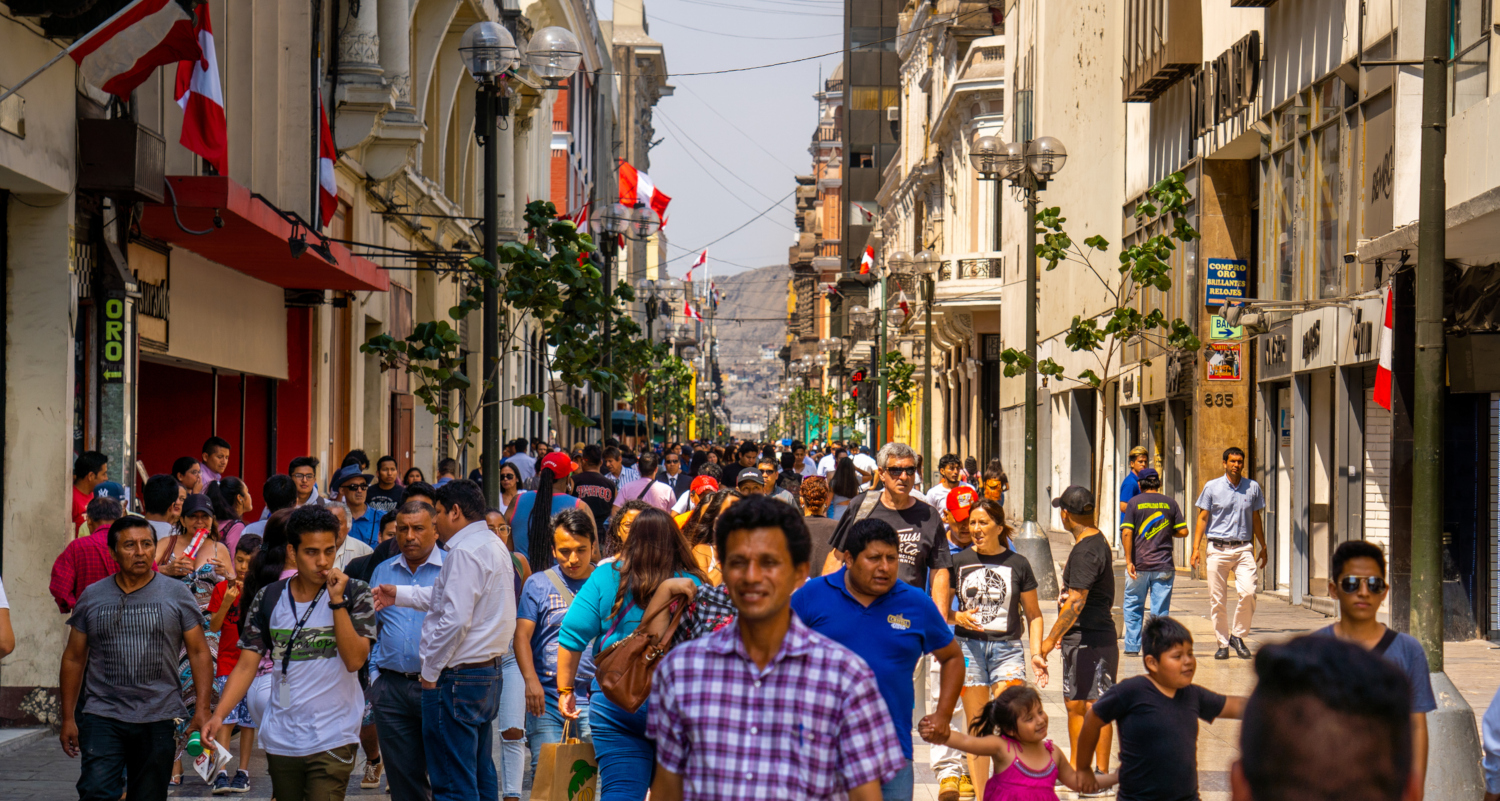Peru: Political turbulence likely to continue despite new president’s inauguration

Event
Far-left president-elect Pedro Castillo was inaugurated on 28 July to become Peru’s new president. It took more than 6 weeks for him to be declared the winner of the presidential elections. Accusations of fraud by the conservative presidential candidate Keiko Fujimori – who lost by one of the most narrow margins in Peruvian history – delayed the outcome. It should be noted that international observers declared the elections free and fair, contradicting Fujimori’s statements. Although Fujimori now states that she will respect the result, polarisation has been rising in this politically deeply divided country. Furthermore, investor uncertainty has increased as Castillo proposed radical reforms in the beginning of his election campaign. As a result, capital flight has continued in recent months and the Peruvian sol had depreciated by 15% on 26 August 2021 compared to 26 August 2020.
Impact
Castillo’s election programme proposes a larger role for the state. In addition, he even proposed to nationalise mining sites at the beginning of his election campaign (Peru is the second-largest copper producer in the world, after Chile, and also holds other mineral resources). Nevertheless, his tone has become more moderate in recent months. In his inauguration speech, he stated that there will be no expropriations, no nationalisations, and no exchange or price controls. Castillo is now likely to request a much higher share of taxes on mining companies’ profits. To impose such contract changes, Castillo will need to reform the Constitution. However, Castillo currently doesn’t hold enough seats to change the Constitution. He doesn’t even hold a parliamentary majority. Moreover, opposition parties are broadly sympathetic to the idea of maintaining the current business-friendly approach, restricting Castillo’s room for legislative reforms. It is therefore improbable that Peru’s orthodox economic model will change radically.
Nevertheless, Peru seems set for serious political turbulence after years of political clashes. Despite his moderate tone, Castillo’s cabinet staff members include some hard-line left-wingers, which shows that radical plans are not completely off the table. Radical plans could increase the risk of impeachment for the president (as also happened to some previous presidents). That said, Castillo can also dissolve Congress in certain situations, giving him some manoeuvring room. Furthermore, social unrest is in the cards and could lead to political instability, as was recently illustrated by the foreign minister resigning on 17 August after large protests.
It remains to be seen how much the economy will be affected by the political turbulence. The economy is expected to recover this year thanks to relatively high copper prices and global recovery, as the Covid-19 pandemic is waning in some parts of the world. Hence, Peru’s economic growth is expected to rebound by 8.5% this year, after a deep recession (induced by the Covid-19 pandemic) of 11.1% in 2020. Nevertheless, ongoing capital flight and downward pressure on the exchange rate could keep the country’s business environment risk in the highest-risk category (G/G). Both unrest and more difficult access to the financial markets (for example due to tighter global financial conditions) could negatively affect the short-term political risk rating (currently in the best risk category, 1/7) and the medium- to long-term political risk rating (in category 3/7).
Analyst: Jolyn Debuysscher – J.Debuysscher@credendo.com